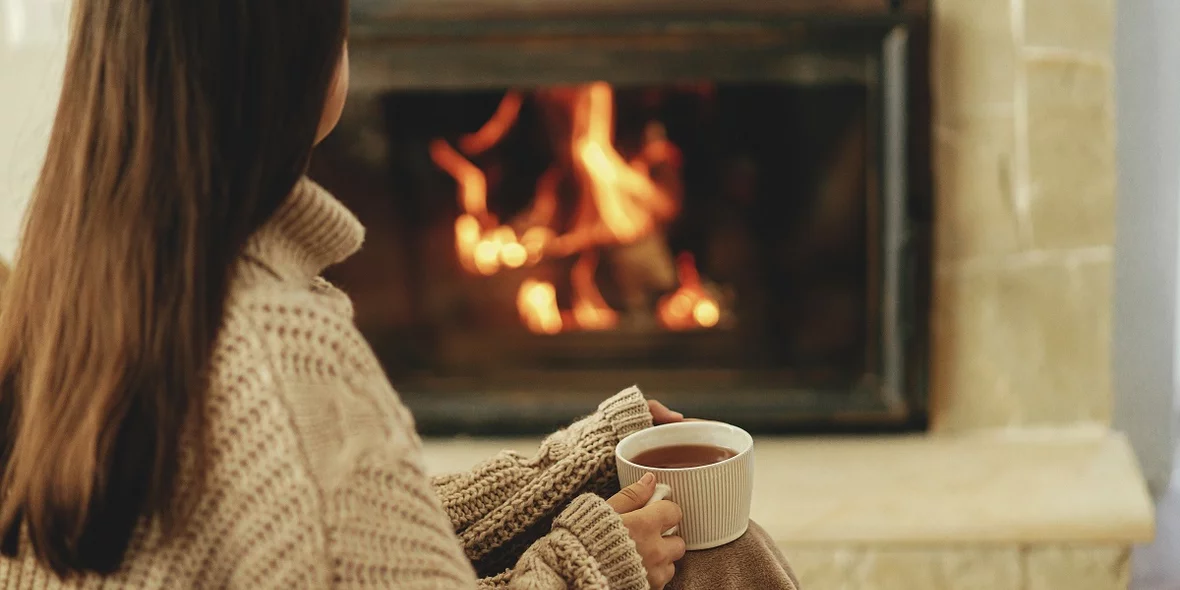
Everything you need to know about house heating: options, efficiency, cost and useful tips
Choosing a heating system is an important decision because it will determine your heating costs for the next decade at a minimum. In this material, we will tell you about the different types of heating, the energy costs in each case, and how to use your system most efficiently.
An efficient heating system is the key to both home comfort and the lowest possible bills. In order to choose the right system, you need to know what options are available on the market in general. So we have learned and are ready to share with you: what heating systems are available and how they are notable; what energy costs depend on; which heating systems are cheaper and which are more expensive; and what tips will help to minimize heat loss in the house.
What makes a heating system efficient?
The efficiency of heating systems directly depends on weather conditions. In temperate climates, heat pumps are much more efficient than the furnace. In very cold climates, a furnace is more efficient (although not always).
An indicator of the quality of a heating system is, among other things, the annual fuel utilization efficiency rating (AFUE) — it measures how much energy the system converts into usable heat. That is, it’s a percentage rate measurement that shows how much energy goes directly to heat your home and how much goes to waste. For example, an AFUE of 90% indicates a high level of efficiency.
AFUE standards date back to the 1990s, so if you don’t upgrade your heating system in older homes (over 30 years old), a lot of energy, and therefore money, will go nowhere. On average, by improving or swapping your old system for a new one, you can reduce your heating bills by as much as 50%.
From a practical standpoint, however, it’s not just a high AFUE rating that matters — you also have to find one that’s compatible with your home’s energy source. Some homes have only electric heating systems; others are set up for natural gas. If the energy source is already clear, the next step is to decide which of the main types of heating systems is best for your home.
The actual cost of electricity depends on:
- the area to be heated;
- the insulation of your home;
- the setting of your thermostat;
- the amount of time the heating is on;
- your local climate;
- your electric rates.
We’ll take as an example a subtropical maritime climate (which is common in countries like Italy, Australia, Portugal, Turkey, and others) and, based on that, we’ll give you an approximate annual cost of electricity. If you live in a colder climate, multiply these figures by two.
Types of heating systems
Heating systems have a part that generates heat and a part that distributes that power throughout the home. Systems can generate heat with: electricity, wood, gas (natural or liquefied). The choice depends on what fuel is available to you and how much space you need to heat.
There are 2 types of heating systems: central heating and heating of a separate space (or room).
If you need to heat the whole house, central heating is more efficient. If you only want to heat a certain area, a room heater is best.
The main options for central heating
Multi-split system air conditioners
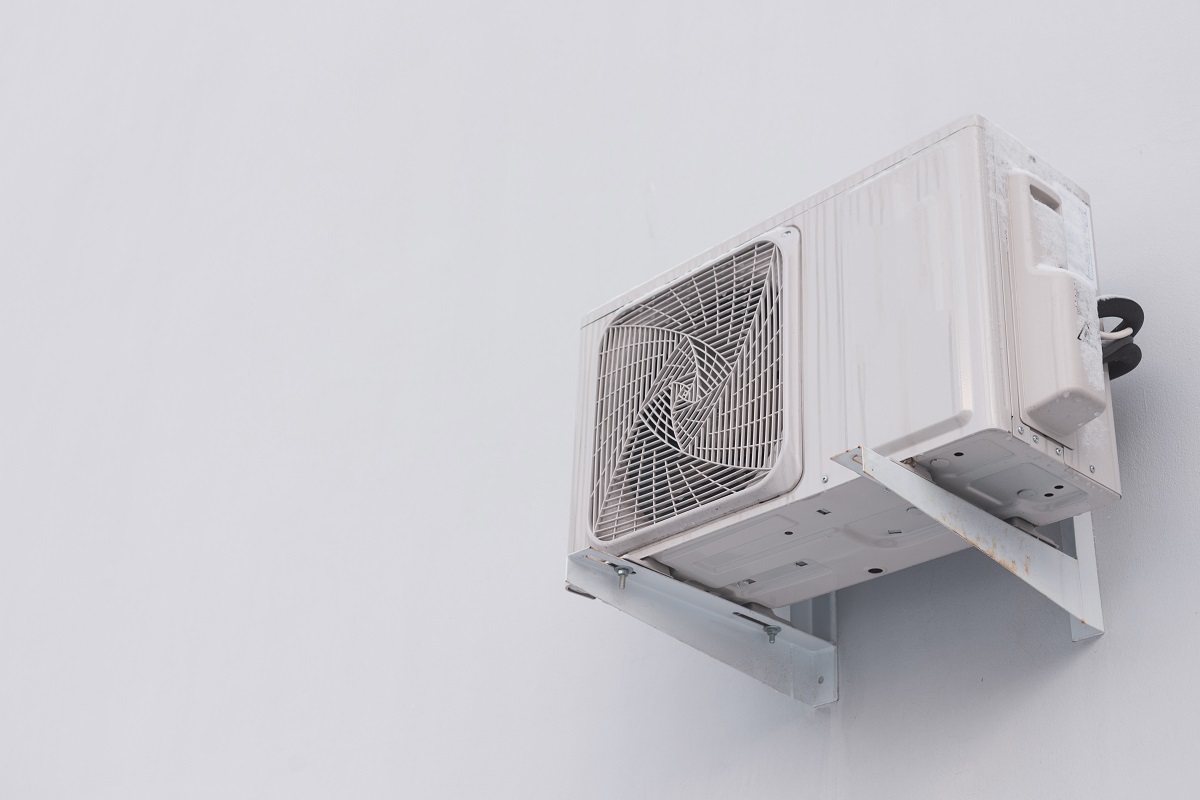
This system uses heat pump technology to extract heat from the outside air. Each indoor outlet can be controlled independently. Depending on the area you want to heat, the outlets can be operated: all at once, one at a time, several at the same time.
Features of the system:
- Very efficient electric heating system; less heat loss compared to duct systems.
- You can heat only the rooms you use.
- One unit provides both heating and cooling.
- However: this system can be quite noisy; you’ll have to spend money to buy and install; and you may need three-phase power for larger systems, as they can use a lot of electricity.
Energy costs per year for a small 100m² house are $451-602 (depending on energy efficiency).
Duct air conditioner with supply ventilation
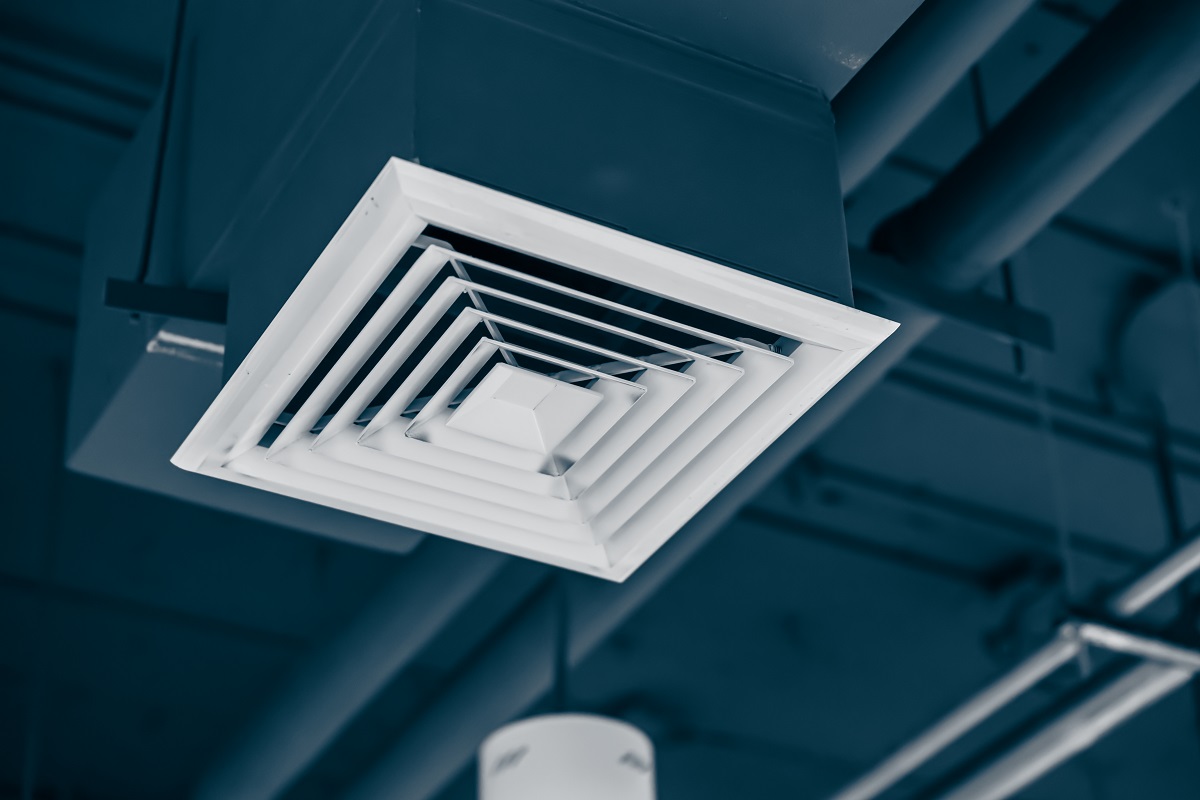
Features of the system: this system provides heating and cooling for the whole house through one set of ducts — they are usually located in the under-roof space. The room temperature is controlled by a thermostat. Importantly, you can set different thermostat temperatures for different areas.
Energy costs per year for a small 100m² home are $645-902 (depending on energy efficiency).
Gas-fired air heating
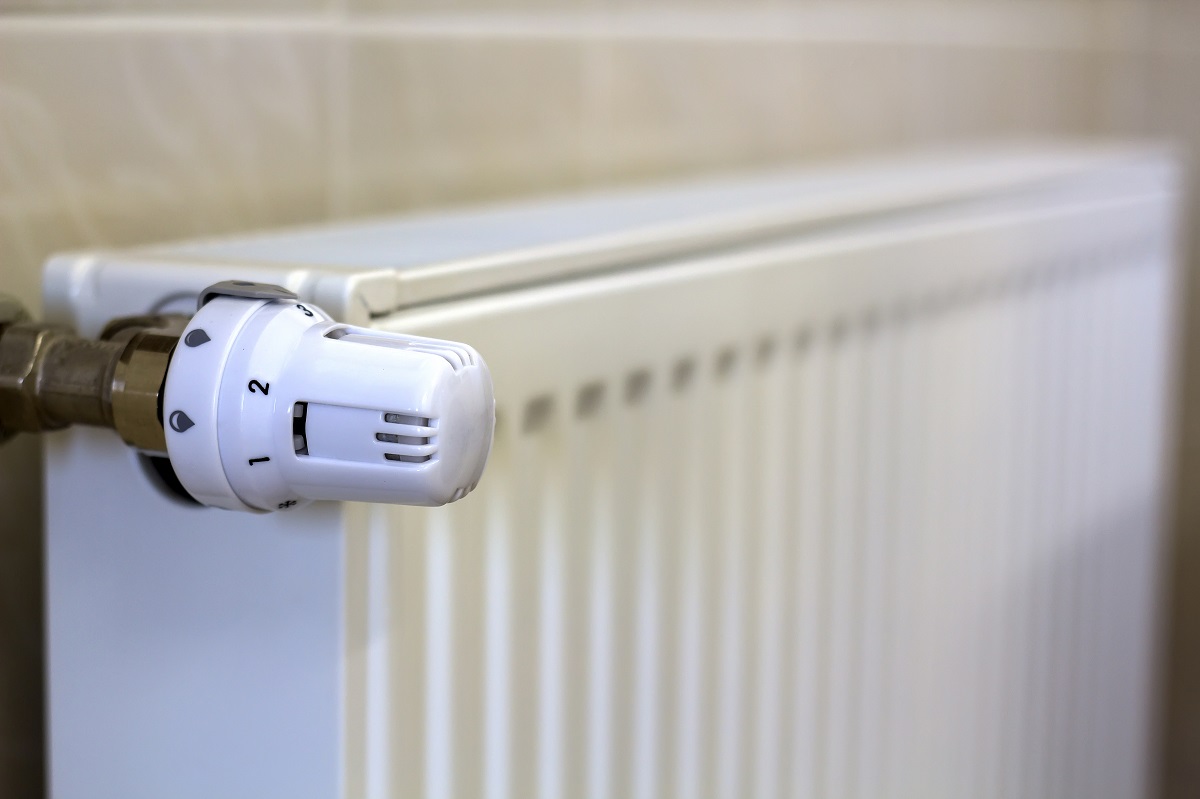
Gas duct heating takes the air inside the house, heats it in a gas furnace, and delivers it through ducts to outlets located in different parts of the house. A thermostat is used to control the temperature inside the room.
Gas duct heaters are labeled Gas Energy Rating — it allows you to compare the energy efficiency of different heaters. The higher the rating, the more efficient the heater is.
Features of the system:
- The house heats quickly.
- Some systems can be zoned to heat only the areas you use.
- However: fans for air circulation use a lot of electricity; installation and operation is more expensive than for gas heaters; and if you need to cool rooms, you will need a separate air conditioning system.
Energy costs per year for a small 100m² home are $1,048-1329 (depending on energy efficiency).
Gas hydronic heating
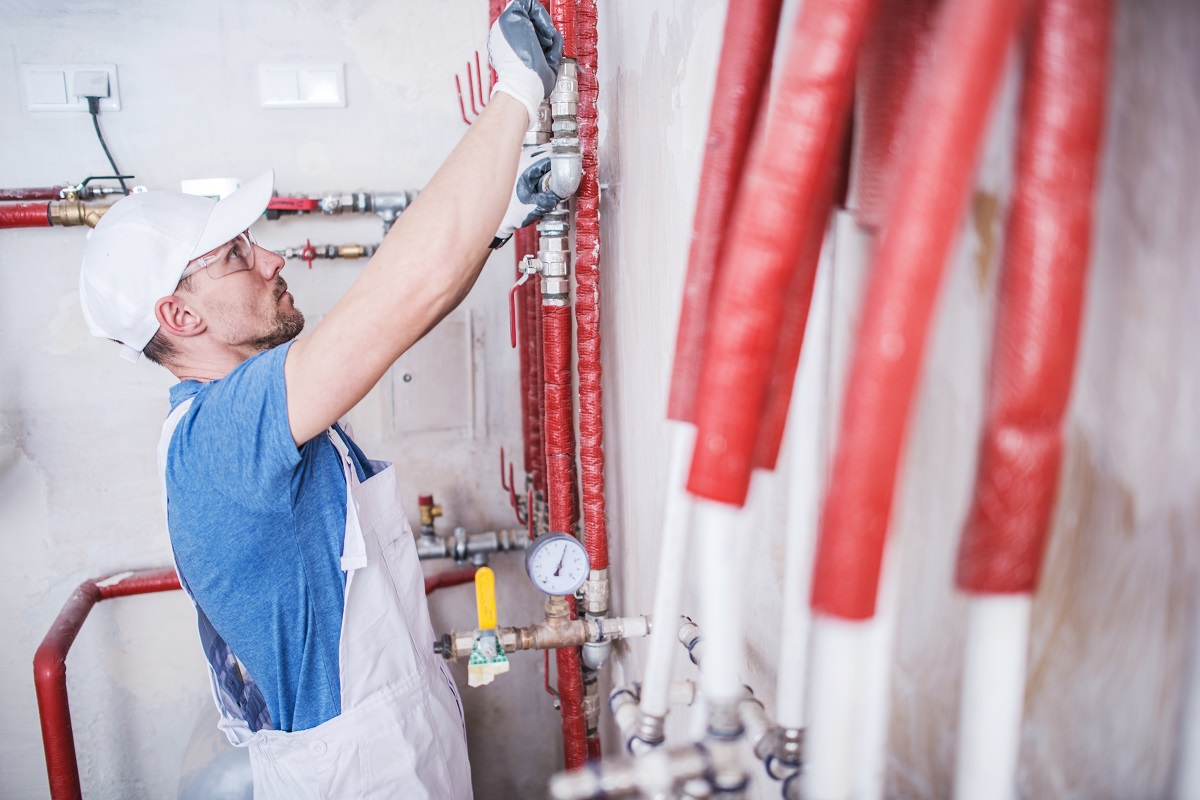
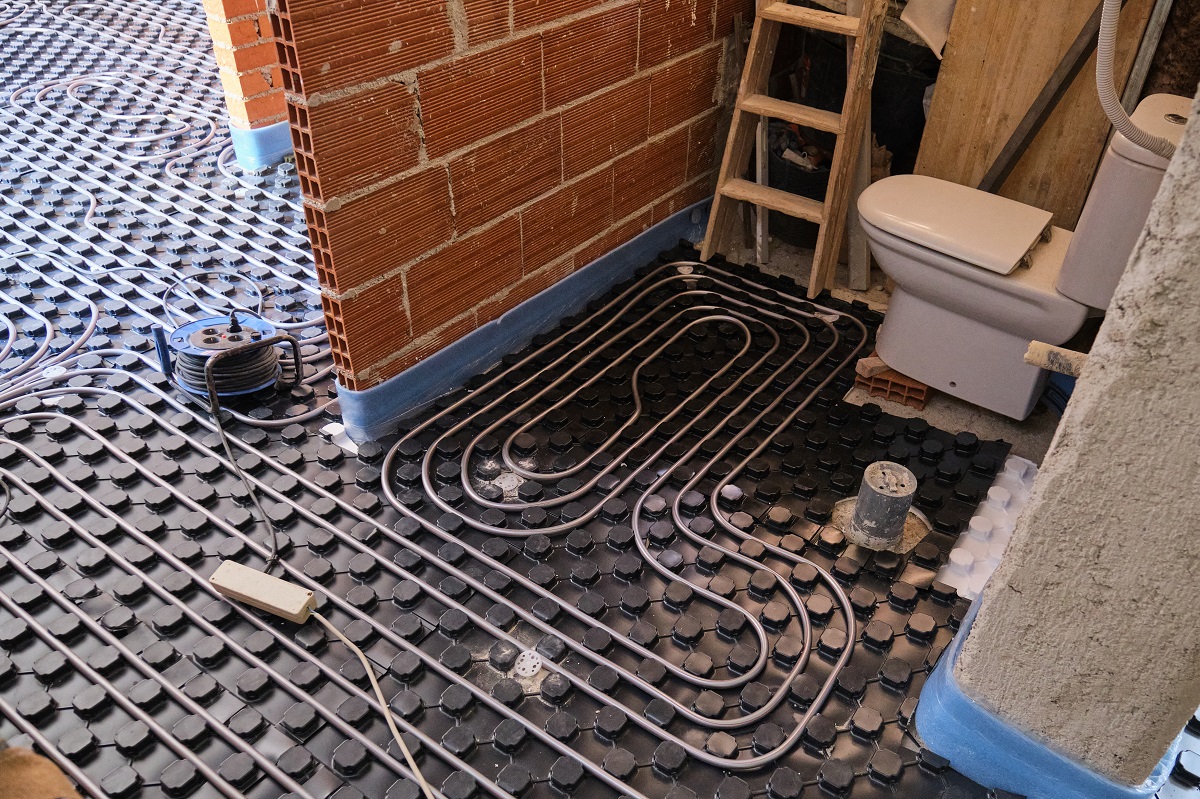
Gas hydronic systems heat the entire house by heating water in a gas boiler. The heat in this case comes through one of the following devices:
- radiators (the most common option);
- pipes embedded in the concrete slab;
- fan coils.
Features of the system:
- Radiators do not blow heated air and dust around the house.
- Radiator and in-floor systems provide comfortable and less «drying heat»; they are also a quiet heat source.
- However: it takes longer to heat rooms than air-conditioned central heating systems; it is more expensive to install because of the cost of piping and radiator panels; and there is some energy loss in the piping when the heating system operates.
The energy cost per year for a small 100m² house is $869-952 (depending on energy efficiency).
Electric heating
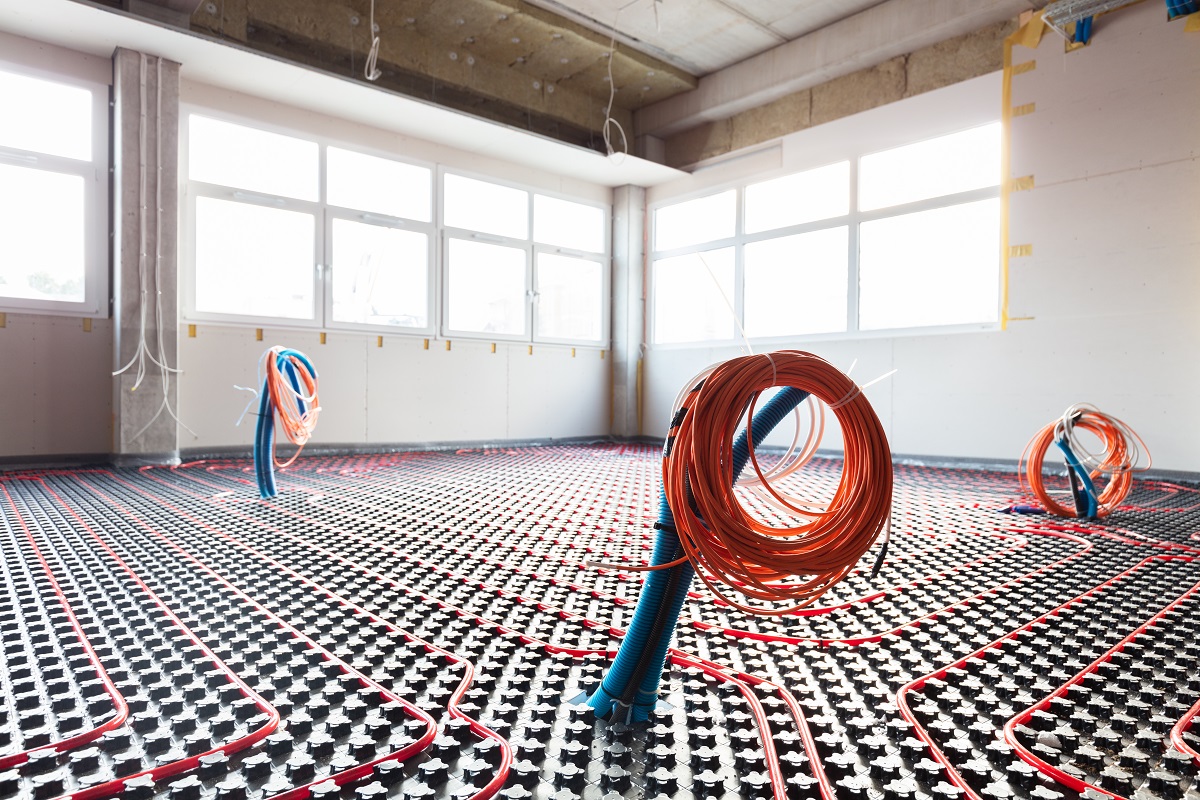
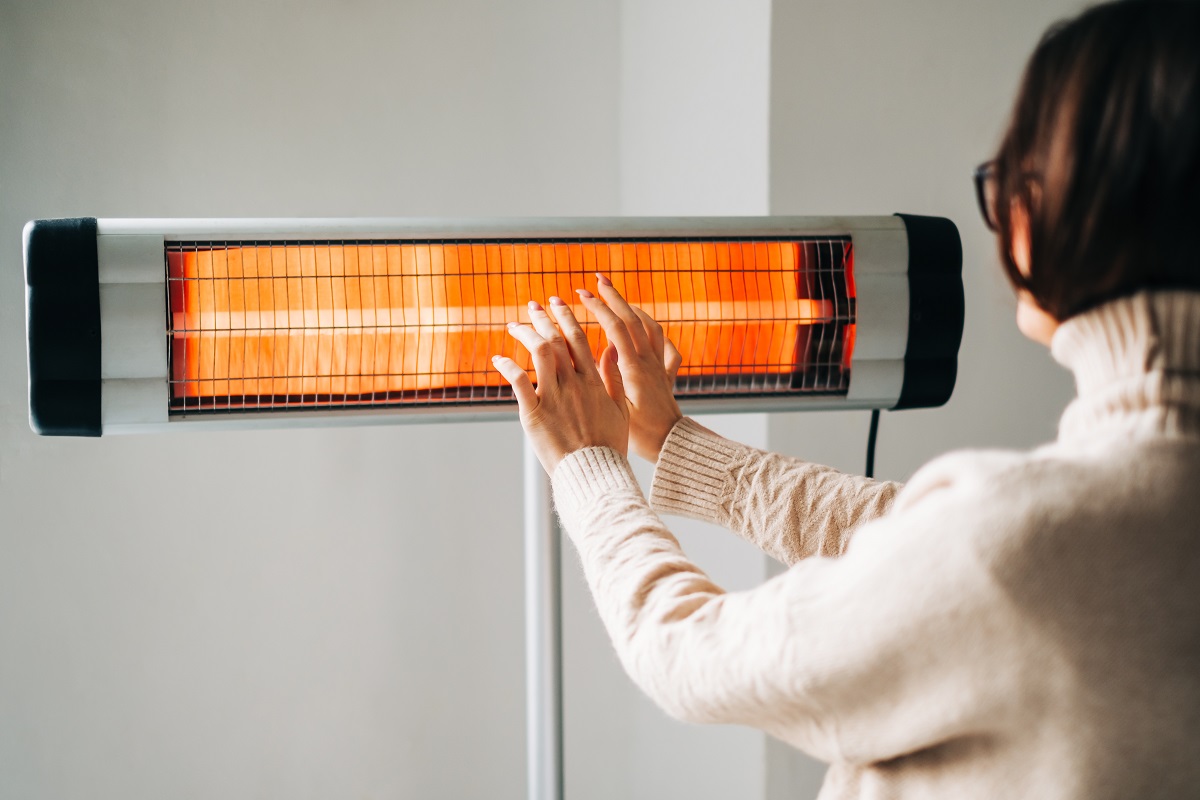
Electric heating cables are laid in the concrete slab during the construction of the house. This system can only be installed in new buildings.
These systems usually turn on at the beginning of the heating season and stay on for the rest of the season, providing heating for large areas of the house throughout the day. They are best suited for cold climates, but are among the most expensive heating systems.
Features of the system:
- Heats evenly, which provides very comfortable warmth.
- Does not blow heated air and dust around the house.
- However: consumes a lot of energy; emits a lot of greenhouse gases; not very responsive — takes a long time to heat up and cool down.
The electricity cost per year for a small 100m² house is $1,631.
Solar heating systems
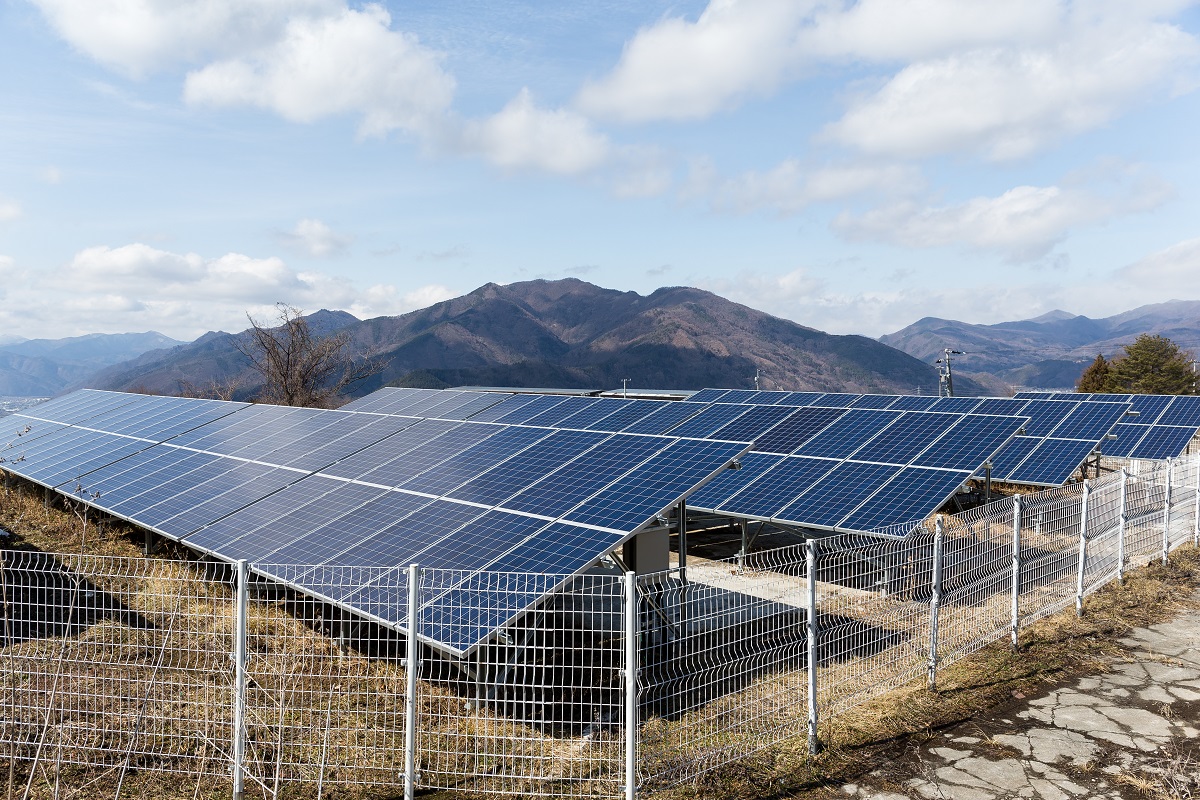
There is also a solar heating system, if it is suitable for your climate. Such a system uses the sun’s energy to heat the fluid, with the heat transferred directly to the inside of your home or storage system.
Features of the system: harmless to the environment and will help save you money on your monthly energy bills, but expensive to install and repair.
Installation and supplies cost from $18,000 to $40,000.
Options for heating individual rooms (direct heating)
Room air conditioners
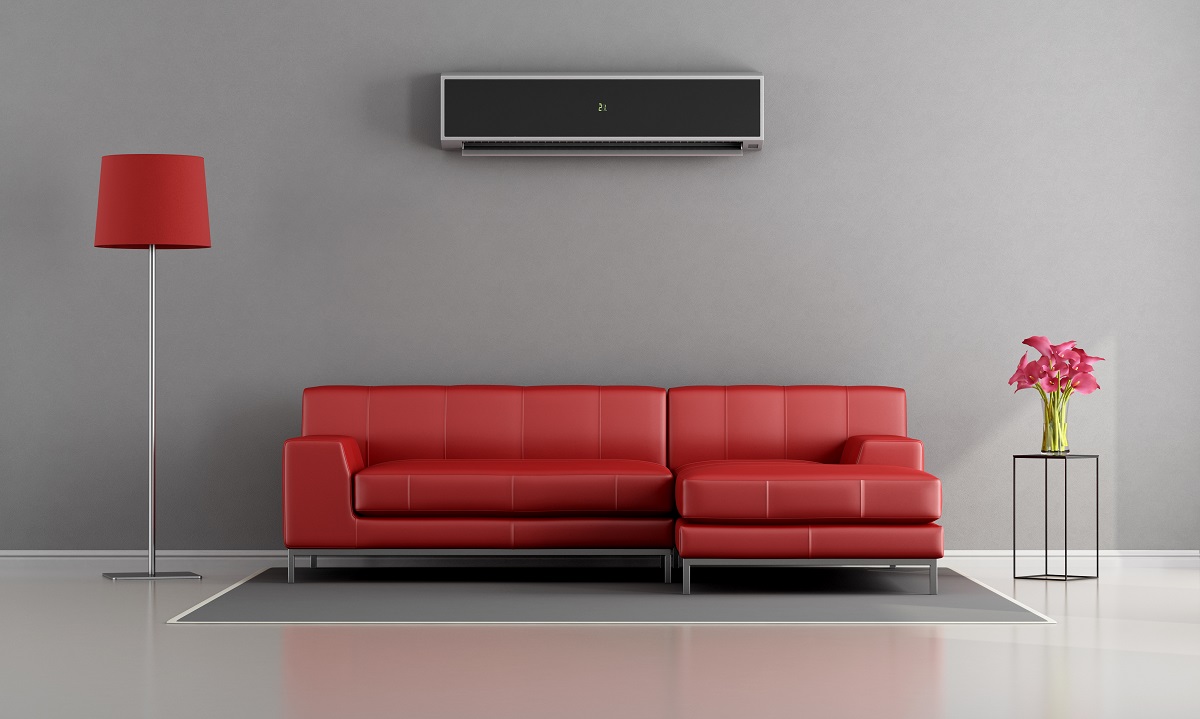
Types of room air conditioners:
- split systems
- window-wall (less common).
Features of the system:
- The most efficient type of electric heating.
- One of the cheapest options for space heating.
- One unit provides heating and cooling.
- Window-wall units are less efficient and noisier than standard and inverter split systems.
The cost of electricity per year for a 12m² room is $54-77.
Stationary heater
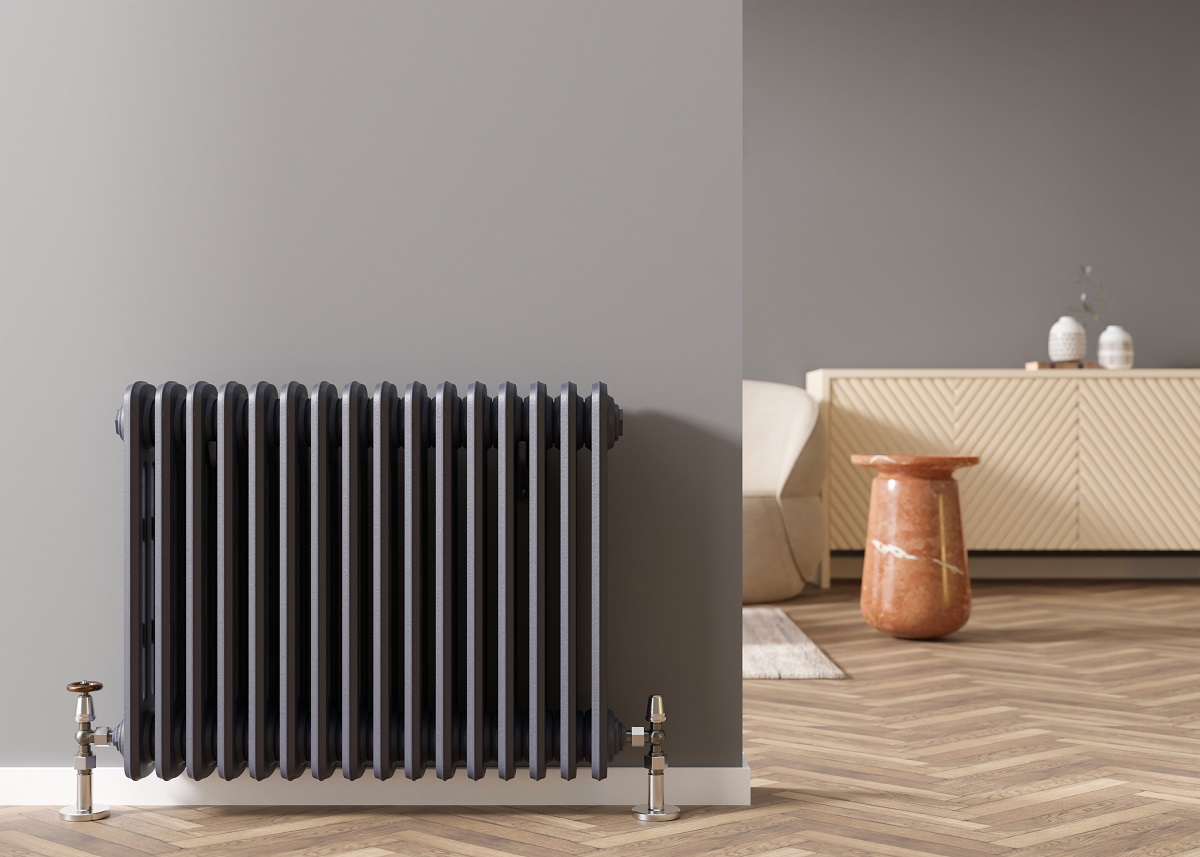
Stationary electric heaters are usually mounted to a wall and connected to a switchboard. This means they have a higher heating capacity than portable electric heaters.
System features: they can heat medium to large rooms up to 30-50 square feet; however, they have higher operating costs than other heating options.
The energy cost per year for a 12m² room is $269.
Portable heater
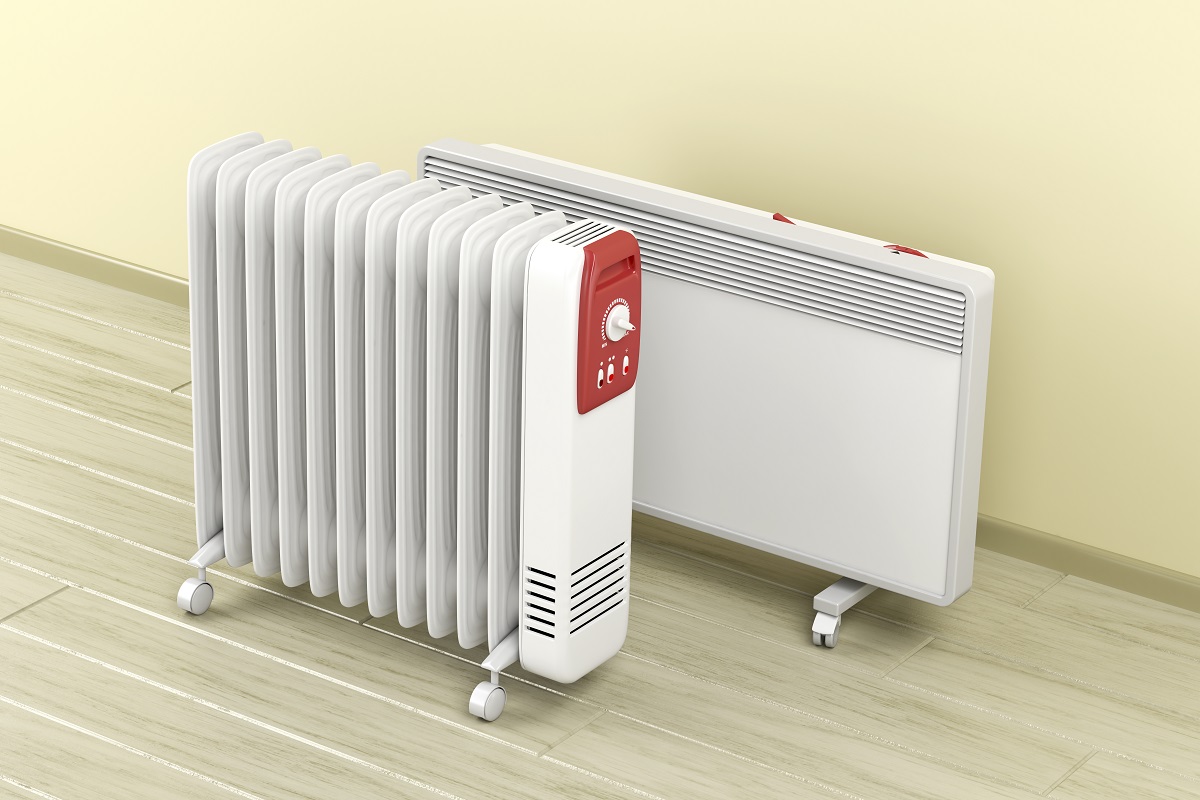
Portable electric heaters are designed for short-term heating of one room or a small area up to 20-30 square meters.
Portable electric heaters include:
- fan convectors;
- oil heaters, or column heaters;
- panel heaters;
- wall panel heaters.
Features of the system: cheap to buy, but more expensive to operate than most room heaters; low heat output; suitable only for small rooms.
Electricity cost per year for a 12m² room is $167-187.
Gas heating of rooms
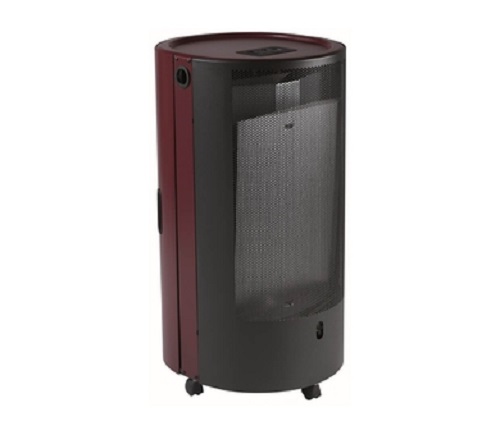
Gas space heaters are often stationary and are designed to heat a single open floor plan room (by burning natural or liquefied gas). There are two types: convection and radiant-convection gas heaters.
Features of the system: economical to operate; heats only used rooms; however: they cannot be installed as a new heater, in some cases they can only be used as a replacement; for safety, outdoor gas heaters must be used with adequate ventilation.
Electricity cost per year for a 12m² room is $287-323.
Wood (or pellet) stoves for continuous combustion
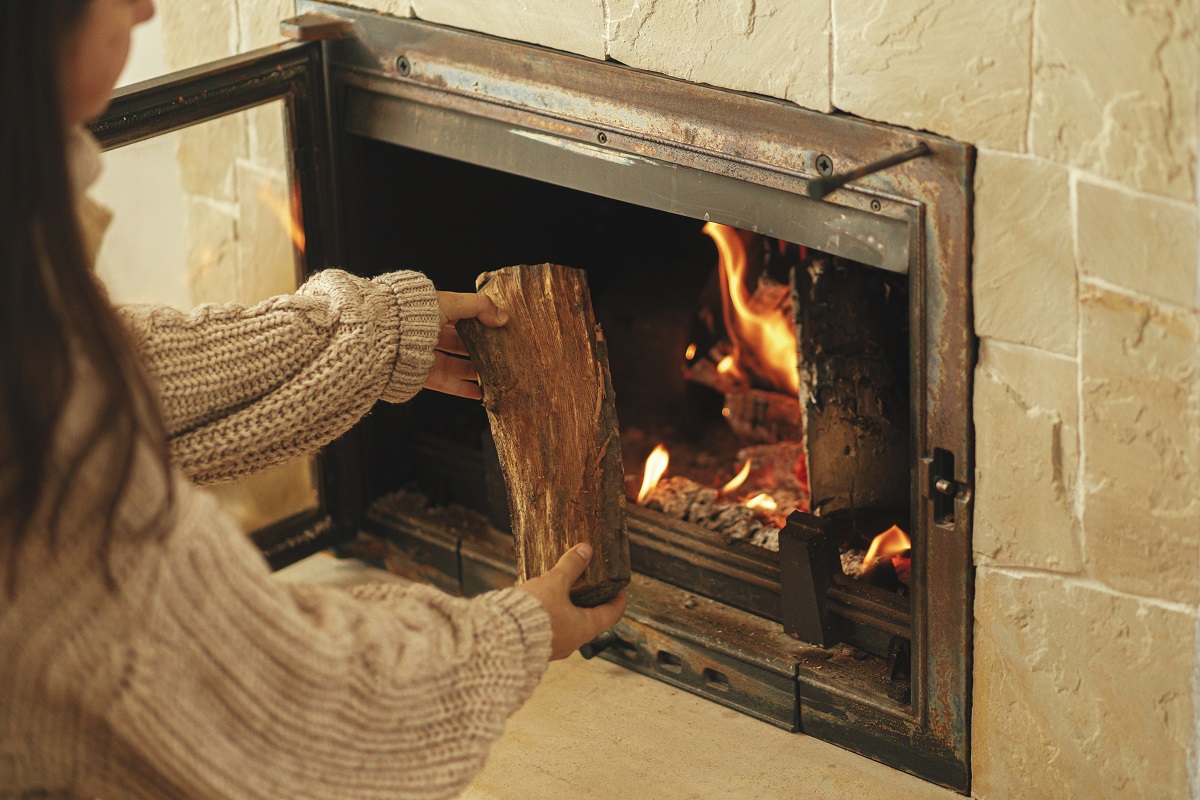
Slow-burning heaters can produce large amounts of heat and can be used to heat large outdoor areas.
Features of the system:
- if you have access to quality wood and operate the stove properly, it can be one of the most inexpensive options for heating large areas;
- slow-burning wood heaters are much more efficient and economical than an open fireplace;
- however, smoke from wood-burning heaters causes air pollution, especially if not used properly.
Note that pellet stoves are less polluting than wood stoves.
The cost of electricity per year for a 100 m² house is $1,170.
What about fireplaces?
Gas (and most wood-burning) fireplaces are mostly part of a room’s decor rather than an effective source of heat. A fireplace usually loses more heat than it generates. On the other hand, if the fireplace has an airtight glass door, an outside air source, and a good chimney valve, it can provide useful heat.
The bottom line: the cheapest heating systems are multi-split systems and room air conditioners, while electric heating, solar panels and wood-burning stoves are more expensive.
How to heat your home cheaper? Universal tips
Heating your home efficiently will save energy and be less expensive. The key is to use your system in a way that doesn’t waste heat and creates a consistent comfortable temperature in your home.
1. Optimize your central heating system:
- Heat only the areas you use.
- Set your thermostat efficiently. In living areas, set your thermostat between 18°C and 20°C. Each degree can increase your heating costs by about 15% per year.
- Clean your air filters regularly. Read your heater manual to learn how to clean the filter pads.
- Maintain your heater according to the manufacturer's instructions.
2. Minimize heat loss in your home:
- Insulate the ceiling, walls and floor. This will help prevent leakage of heat generated by the heater. Compared to an uninsulated home, a fully insulated home can save 40-50% on heating costs.
- Protect your home from drafts. By checking keyholes, doors, windows and open fireplaces for drafts, you can effectively combat heat loss and keep heat where you need it.
- Arrange furniture carefully. It’s important that any heat sources, whether a radiator, fireplace or storage heaters, are not blocked by furniture.
FAQ: Answers to the most common questions
What is the most efficient heating system?
How do I maintain my heating system?
What modern technologies can be used to improve the efficiency and performance of heating systems?
Author
I am responsible for editorial work. I write expert interviews and guides.























